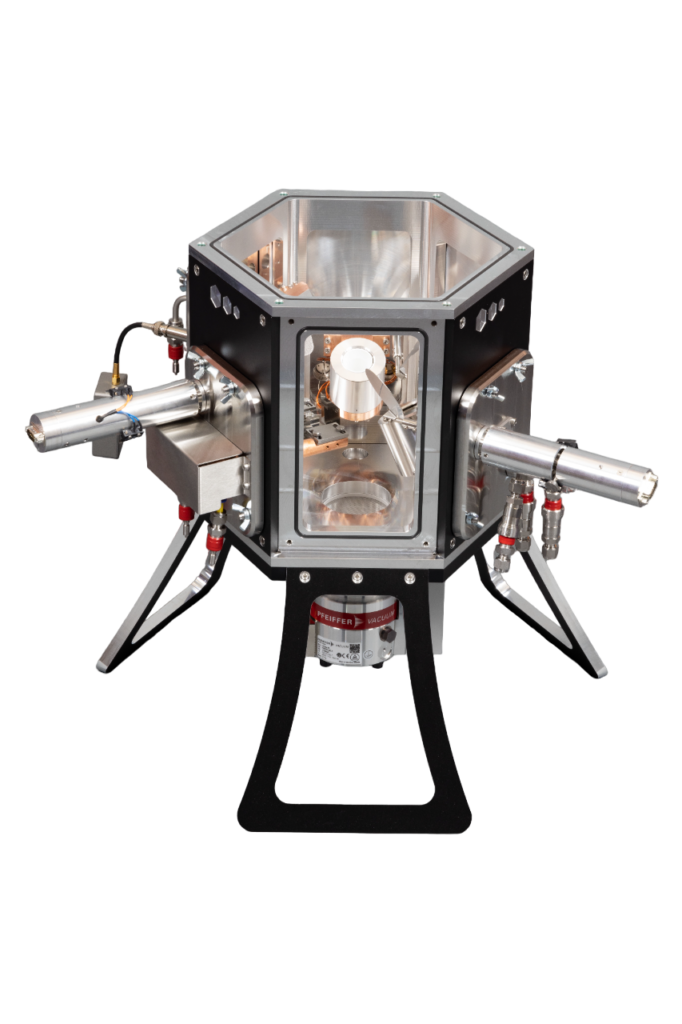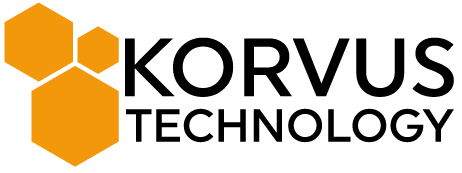Optical Coatings

Optical Thin Films
The buildup of thin films onto a substrate can vastly change its interaction with light. Optical coatings are used to modify the transmission, reflection or polarisation properties of a given sample to better fit the demands of its intended application.
Physical vapour deposition (PVD) techniques are the backbone for depositing hard optical coatings in the modern world. Common optical thin-film coating applications are antireflection coatings, waveguides and high-reflection or mirror coatings. Additionally, PVD is being exploited for more advanced optical coatings and demanding uses including dichroic mirrors (also known as dichroic filters), optical phase-change materials and optical metamaterials.
Differences in refractive indices between the substrate and thin-film coatings or two dissimilar thin-film coatings results in the reflection of light at the boundary. This effect is manipulated to give anti-reflection coatings and dichroic mirrors.
The HEX Series
Reactive PVD processes
Many important optical materials are metal oxides, as they possess large optical band gaps that make them transparent in the visible range. Reactive PVD processes are ideal for depositing these optical coatings as they can produce dense, transparent films with high refractive indices close to the values of bulk crystals. At Korvus Technology we are proud to offer a wide range of PVD technologies that can be used for the deposition of optical coatings. Choose or combine choices from our e-beam evaporation, magnetron sputtering and remote plasma sputtering sources and their compatible power supplies or ask one of our sales team to discuss which source will be best for your application and coating requirements – sales@korvustech.com.

Frequently Asked Questions
How is PVD used for optical coatings?
Optical coatings in PVD (Physical Vapour Deposition) are thin layers of material deposited onto optical components – such as lenses, mirrors, or filters – to modify how they interact with light. These coatings are engineered to enhance or suppress reflection, transmission, absorption, or polarisation at specific wavelengths.
How does reactive sputtering in PVD Work?
Reactive sputtering refers to the process of introducing an additional ‘reactive’ gas alongside the inert process gas during a deposition run. Common gases used for this are oxygen, nitrogen, and acetylene due to their tendency to form compounds with other materials when under process conditions.
The reactive gas interacts with the vapour flux of the sputtered material and forms compounds that will settle as films on the desired substrate. Oxygen for example, would react with most metals and form an oxide layer film.
Reactive sputtering can be achieved in the Korvus Technology HEX Series using multiple MFCs and the FISSION magnetron source.
How is PVD used for optical coatings?
Materials (like oxides, metals, or nitrides) are vaporised in a vacuum chamber, using any one of the PVD deposition techniques. The vapour then condenses on the optical substrate, forming a thin film.
Common PVD techniques for optical coating deposition include thermal evaporation, electron beam evaporation, and sputtering.
What type of optical coatings are used in PVD?
Anti-Reflective (AR): Reduces surface reflections and glare.
High-Reflective (HR): Maximises reflection for mirrors.
Beam Splitters: Transmit part of the light and reflect the rest.
Bandpass Filters: Transmit only a specific wavelength range.
What materials are used for optical coatings in PVD?
Dielectrics like Al2O3, Si3N4, SiO2, TiO2, ZrO2, HfO2 Ta2O5, Nb2O5, or MgF₂.
Metals like aluminium, silver, or gold for reflective coatings.
TCOs (transparent conducting oxides) like ITO (indium-doped tin oxide), AZO (alumina-doped zinc oxide), NTO (niobium-doped titanium dioxide) for transparent electrodes.
